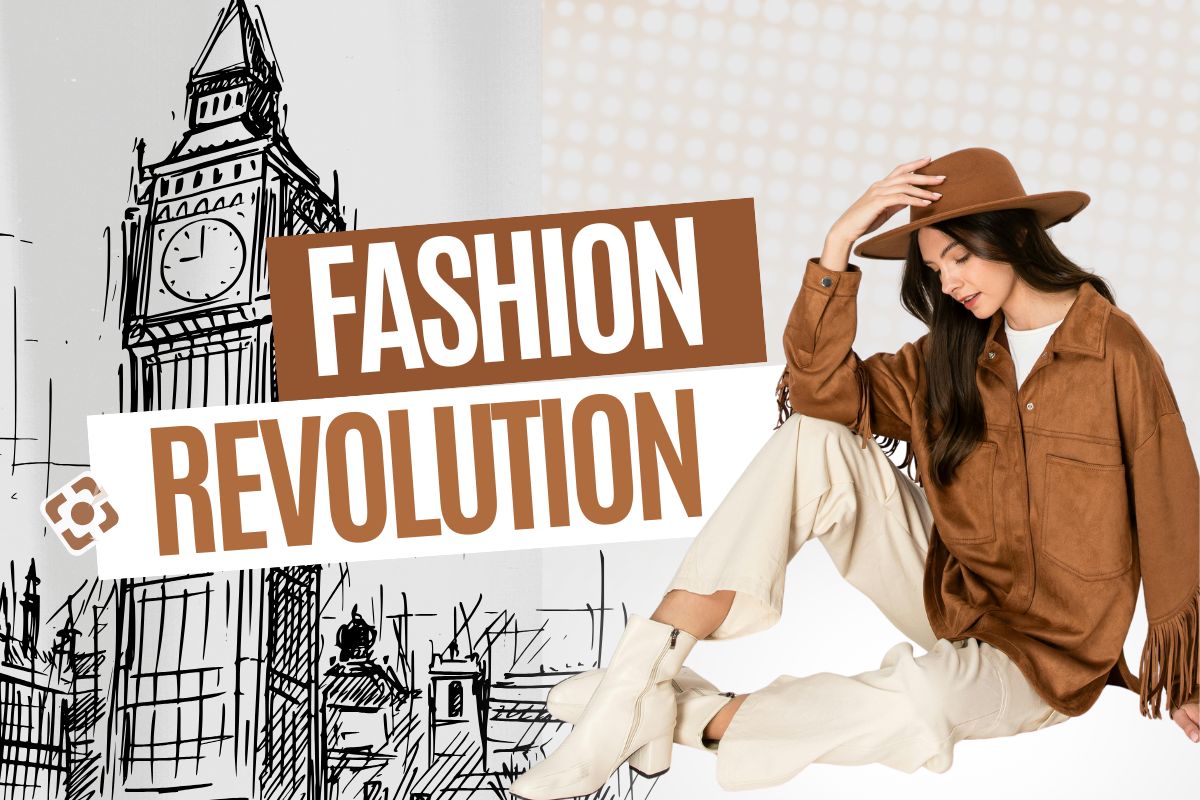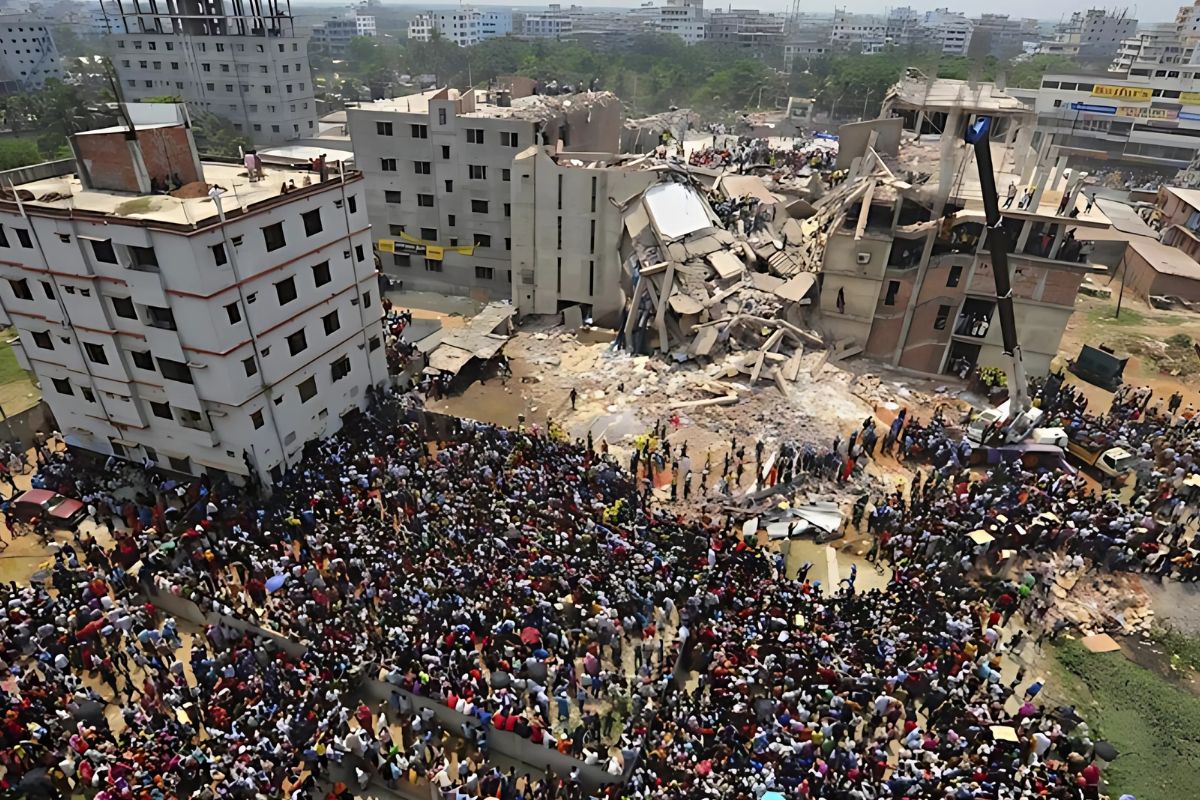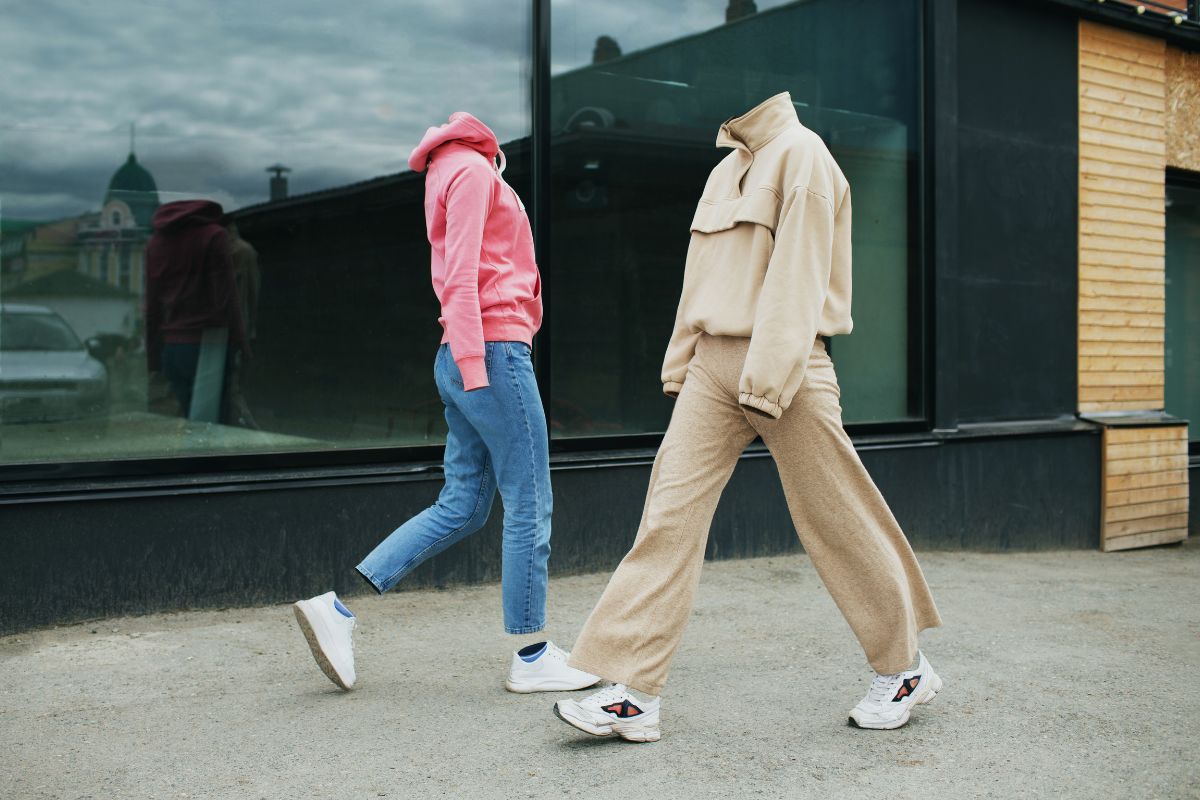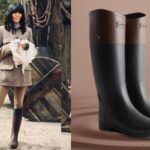The Fashion Revolution in the UK – Real Talk About What’s Changing

Let’s face it, the UK fashion scene has changed a lot. Not just what people wear, but how they think about it. You used to go out, buy a top for a tenner, wear it twice, and toss it. Now? That same top makes you pause. “Who made this? What’s it made of? Why is it so cheap?”
Something’s shifted—and it’s not just about clothes. It’s about values, people, and choices. This change has a name: the fashion revolution.
What Is the Fashion Revolution?
To keep it simple, it’s a movement that started because people began asking serious questions after something tragic happened. Back in 2013, a building called Rana Plaza in Bangladesh collapsed. It housed garment factories. Over 1,100 people died. All of them were making clothes for big global brands.

That shook folks up.
Especially in places like the UK, where people wear those brands every day. Suddenly, fashion didn’t feel so fun anymore. It felt heavy.
From that point, things started moving. Not in one big splash, but slowly. Quietly. Then louder.
Who’s Leading the Charge?
There’s an actual group called Fashion Revolution UK. It’s a non-profit that started just after the Rana Plaza disaster. But it’s not just one group doing all the work.
Teachers, students, small brands, artists, shop owners even regular shoppers they’re all part of it. People want clothes that are made fairly, last longer, and don’t hurt the planet or the people making them.
It’s not about going off-grid and wearing only hemp shirts. It’s more about knowing your choices matter.
Fast Fashion vs. What’s Happening Now

Let’s talk fast fashion for a sec. You know the drill. New stuff in stores every week. Prices are so low that it feels like magic. The kind of shopping that makes you say, “I’ll just grab a few more things.”
But here’s the problem. Fast fashion is cheap because someone, somewhere, pays the real cost. Sometimes it’s workers. Sometimes it’s the environment. Usually, it’s both.
So what’s the fashion revolution doing?
It’s slowing things down. A bit like putting the brakes on a speeding car. It’s saying, “Let’s stop and think.”
People are buying less. Choosing better. Repairing clothes. Swapping with friends. Shopping second-hand. And yes, sometimes spending a bit more on something that will actually last.
British Brands Stepping Up
This shift isn’t just in people’s minds. Some UK brands are changing their ways too. Not all of them, but enough to notice.
Take People Tree, for example. They’ve been doing ethical fashion for years. Organic cotton. Fair wages. Real transparency.
Or Lucy & Yak, known for their bright dungarees and a strong focus on worker conditions. They talk openly about who makes their clothes.
Then there’s Stella McCartney, a big name doing high fashion without leather or fur. She’s been ahead of the game when it comes to thinking about animals and the planet.
These brands aren’t perfect. None of them are. But they’re trying—and that counts for something.
What Are People Actually Doing?
This whole fashion shift isn’t just about the big names or fancy campaigns. A lot of it is happening in small, everyday ways.
Asking More Questions
Ever noticed that little #WhoMadeMyClothes tag? People use it to get brands to talk. To be honest. It’s a simple question, but a powerful one.
Buying Less, Wearing More
Capsule wardrobes. Quality over quantity. People are slowly stepping away from the buy-wear-throw cycle.
Second-Hand is Cool Again
Charity shops used to be just for a deal. Now, they’re treasure hunts. Vinted, Depop, and local swaps are growing fast.
Learning to Mend
Sewing a button back on used to be your gran’s thing. Not anymore. Visible mending and patchwork are all over Instagram now. It’s creative. It’s fun. It saves clothes from going to waste.
Schools and Students Are Involved Too
Colleges like Central Saint Martins and London College of Fashion are talking about sustainability more than ever. Students are coming out with fresh ideas that aren’t just about trends. They’re thinking about waste, materials, and fair pay.
Kids in secondary schools are learning about where their clothes come from. Even primary schools are doing clothes-swap events instead of uniform sales.
It’s not just the future—it’s already happening.
The Role of Social Media

Social media helped this movement grow. Quick videos, stories, and behind-the-scenes looks at factories—all of it makes things real.
When a brand gets called out online, people notice. That pressure works. Some change because of it.
At the same time, social media is also where you find the good stuff. Local makers, slow fashion brands, and small vintage stores—they’re all there, sharing what they do.
Is It Enough?
Let’s be honest. There’s still a long way to go.
Big brands still dominate. Most high street stores still make clothes in the same way they always have. And as much as people care, not everyone can afford to buy organic or shop small.
But something’s happening. Ten years ago, nobody talked about this. Now, it’s everywhere. That matters.
Change doesn’t need to be perfect. It just needs to start.
You Don’t Need to Be an Expert
You really don’t have to know every detail about garment factories or fabrics. Just start small.
- Look at the tags
- Buy second-hand once in a while
- Wear what you already have
- Support local makers when you can
- Ask questions
You’re part of the story, whether you realise it or not.
Final Words
The fashion revolution in the UK isn’t one big moment. It’s a collection of small choices, honest talks, and a whole lot of rethinking.
It’s not about being trendy. It’s about caring. Not just about how you look, but about what your clothes say about you and the world around you.
So next time you reach for something new, just stop for a second.
Ask, “Do I really need this?”
That’s where the real change begins.






